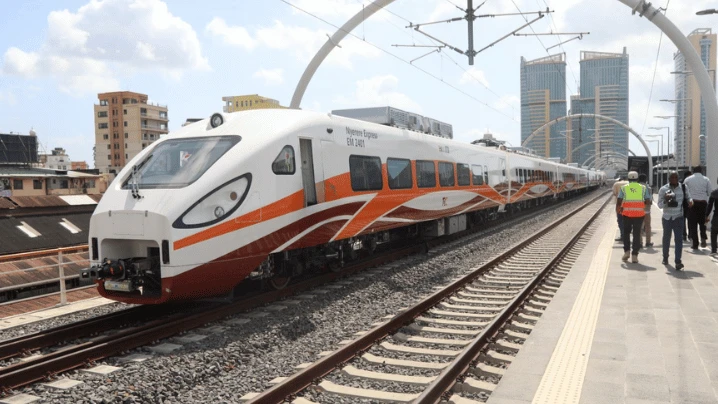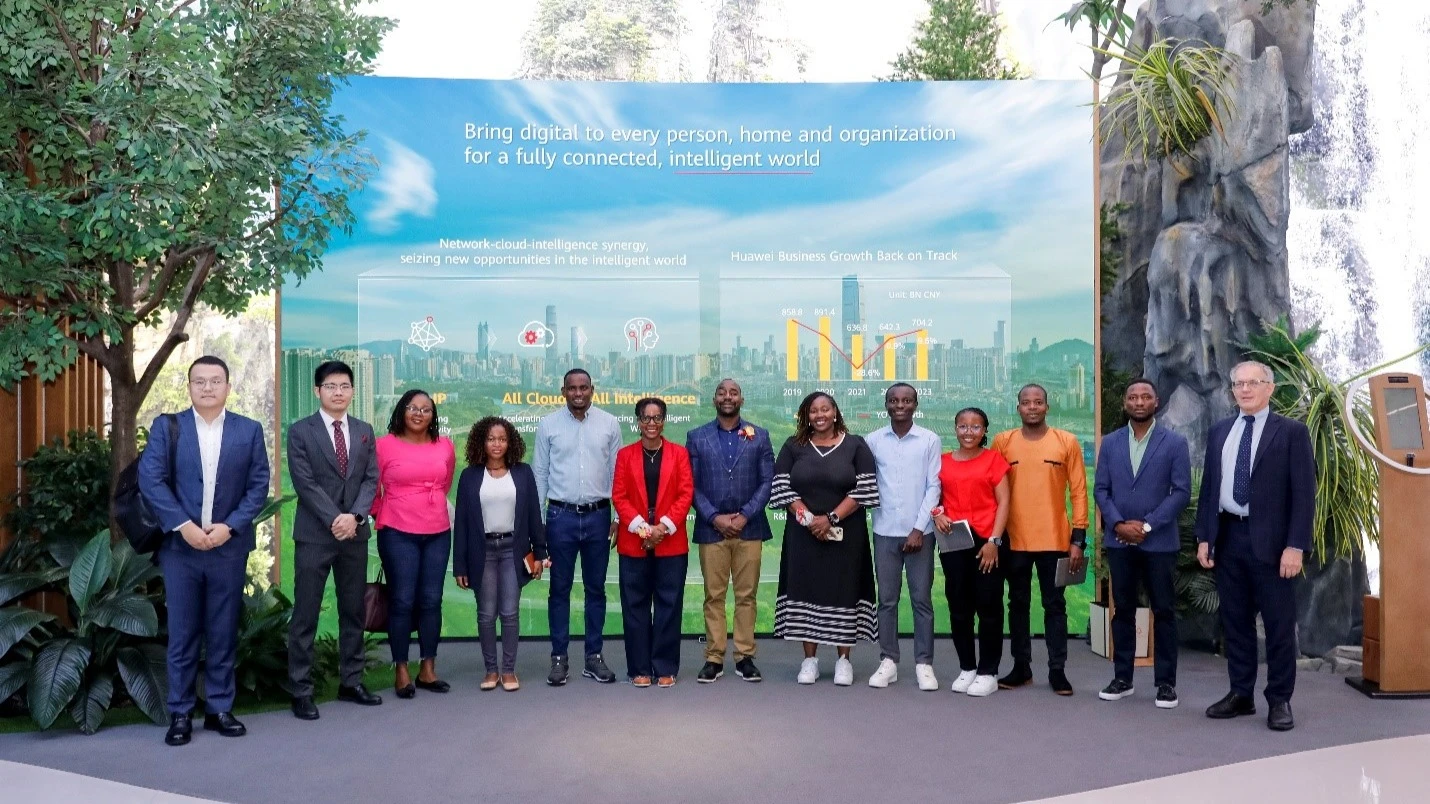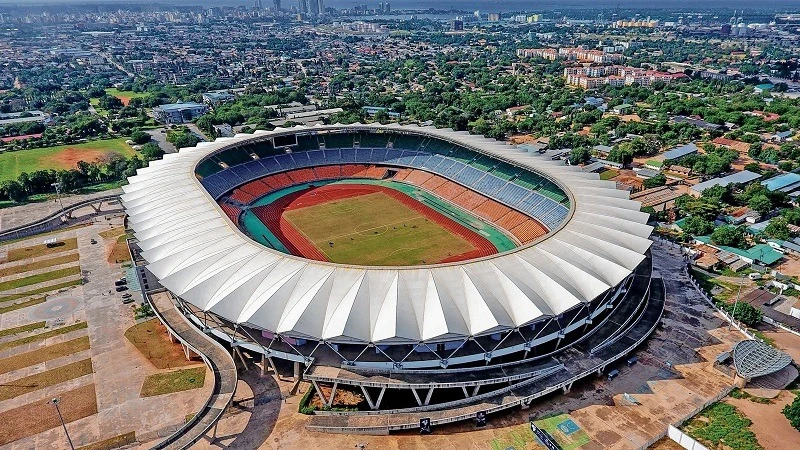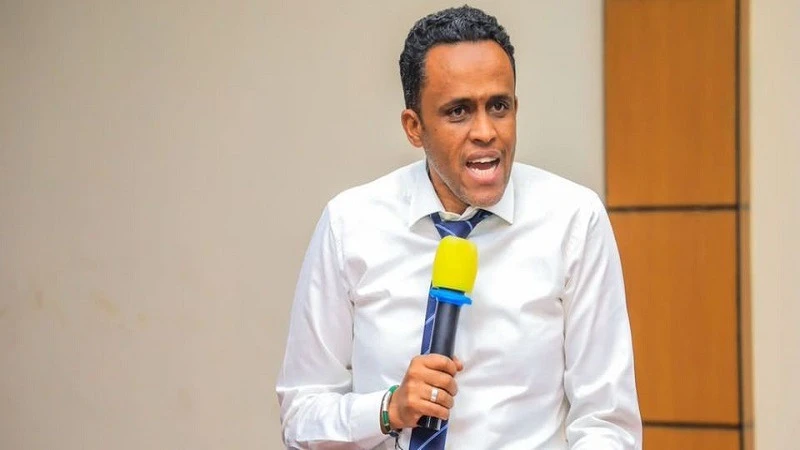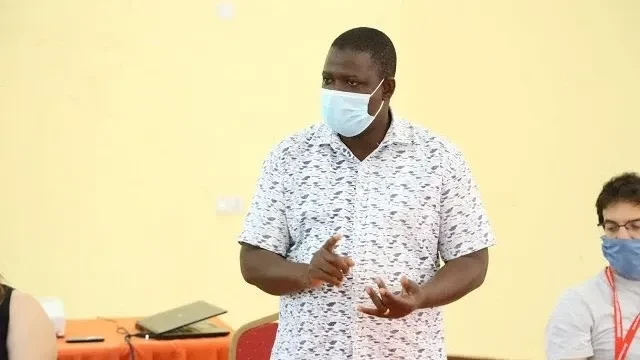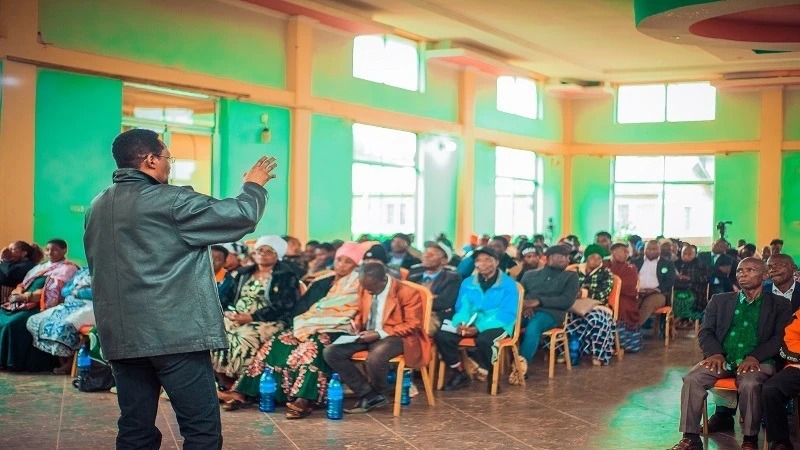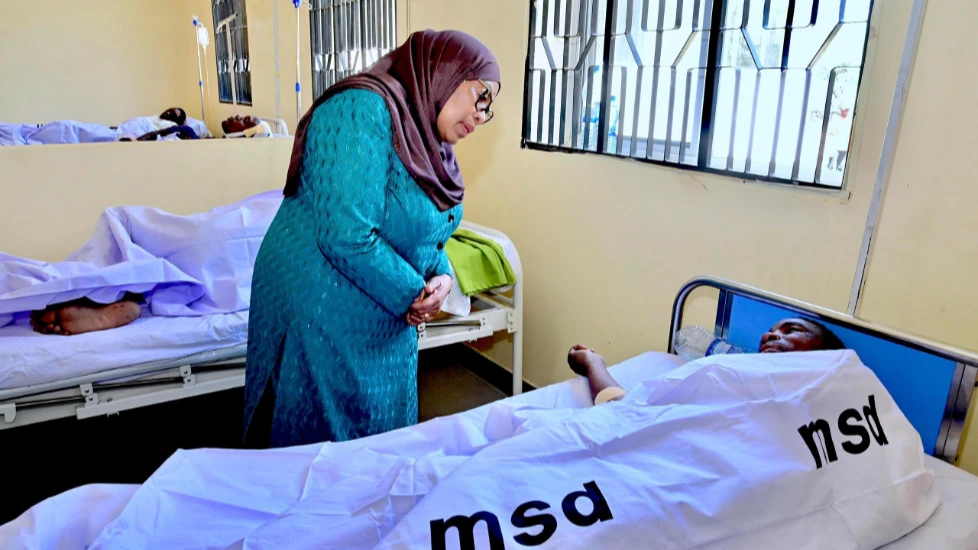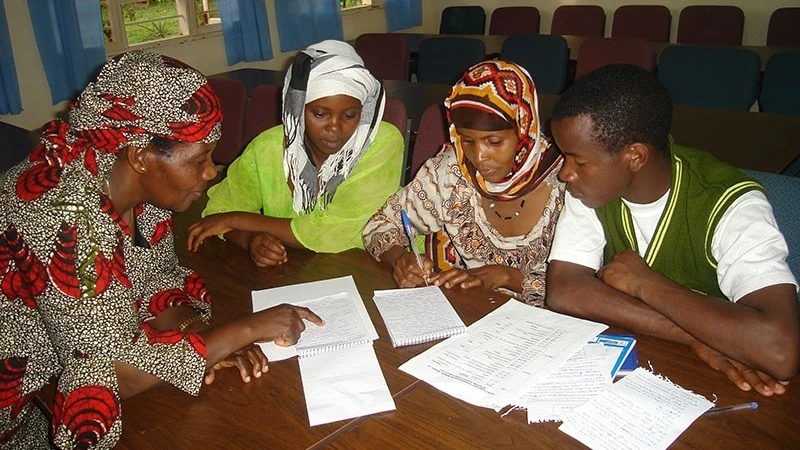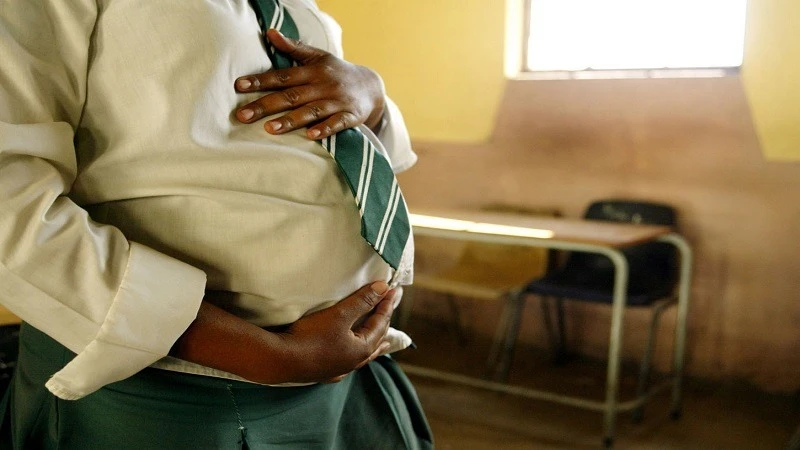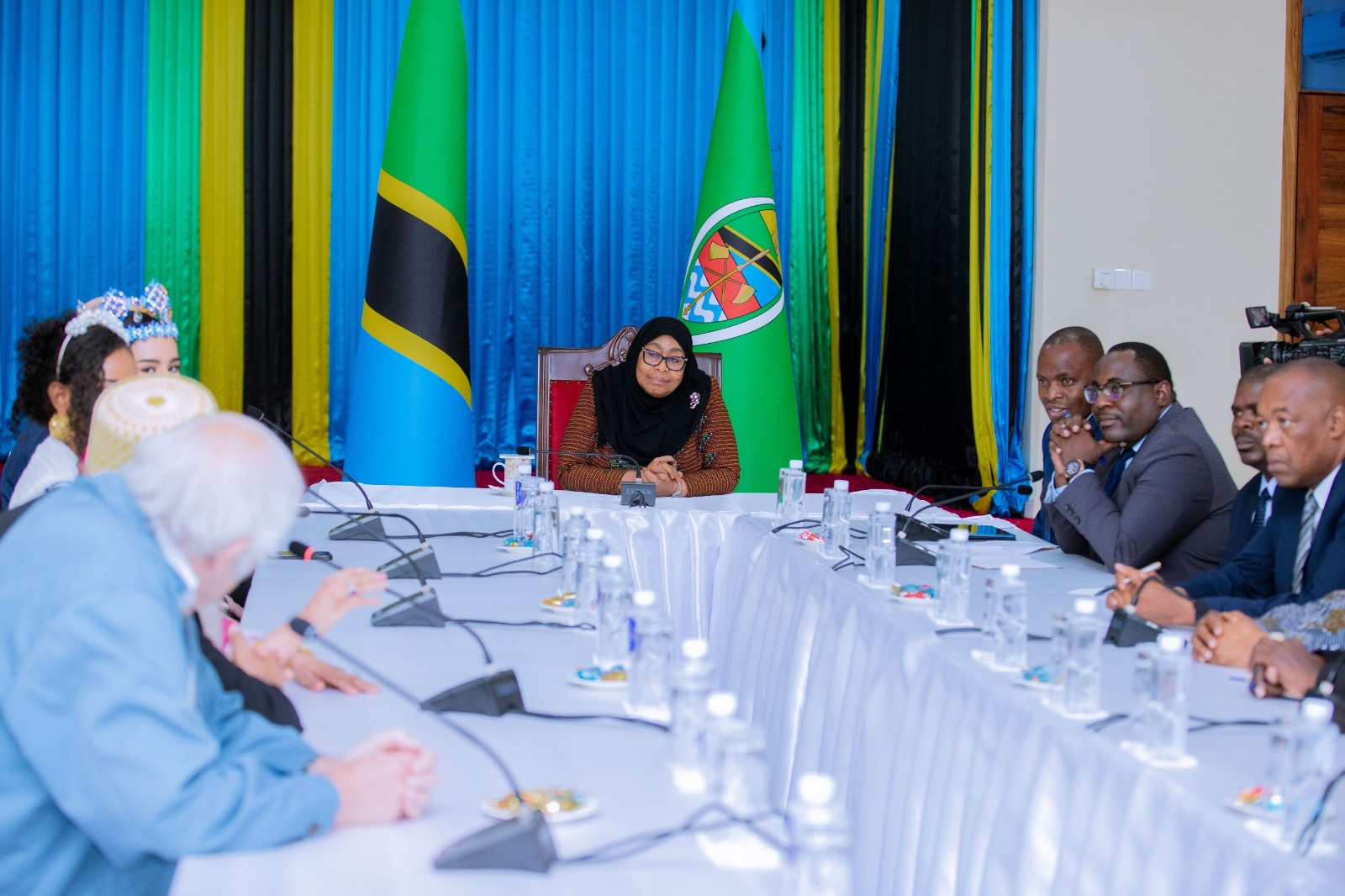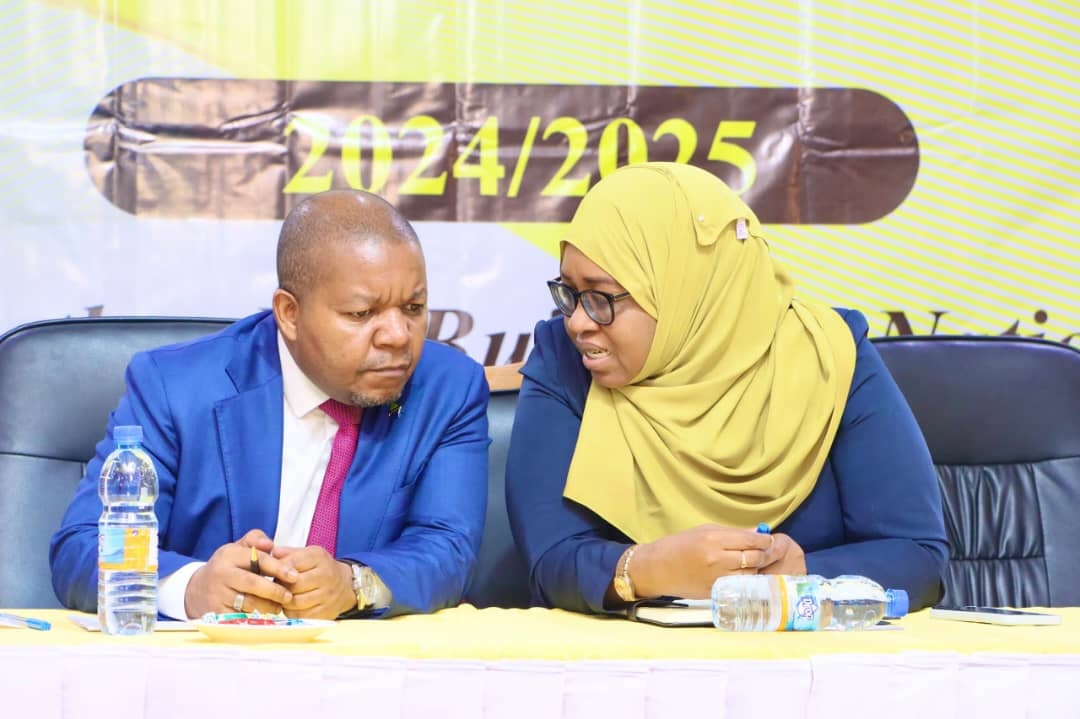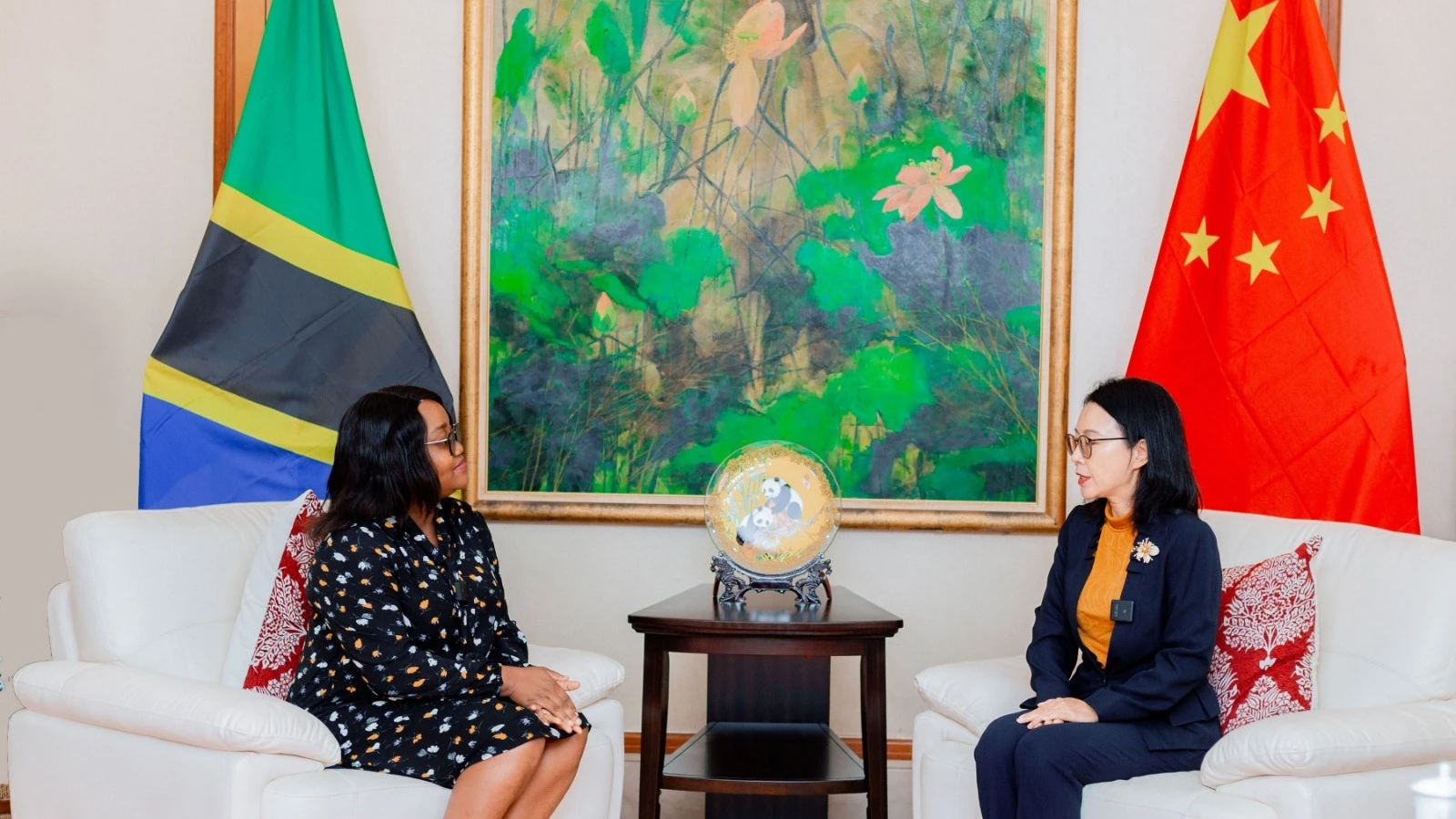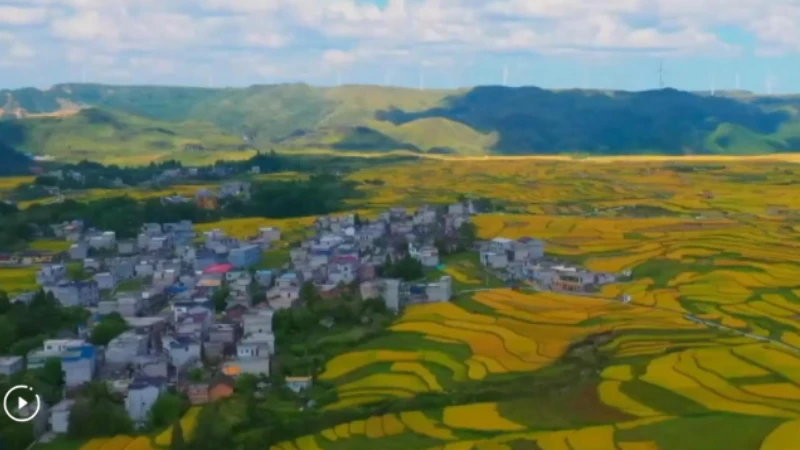From degradation to innovation dawn: Tanzania turning land into livelihoods
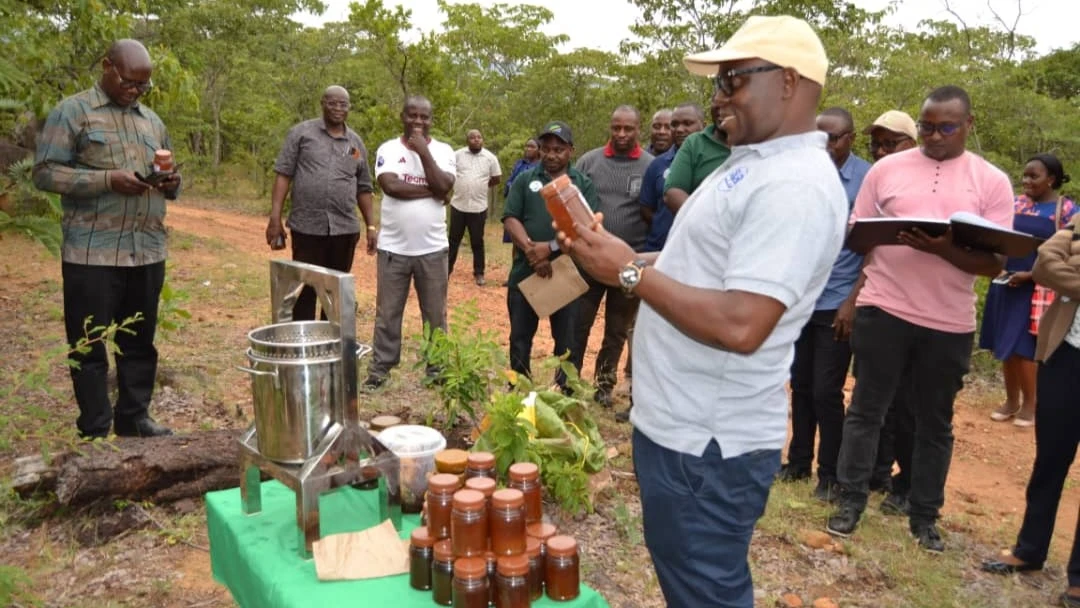
TANZANIA stands at a defining moment in its environmental and economic history.
With over 5.2 million hectares of degraded forests and lands calling for urgent rehabilitation, the government has rolled out a bold national initiative—the Sustainable Environmental Restoration and Biodiversity Conservation Project—to reverse ecosystem damage, halt biodiversity loss, and build long-term climate resilience.
But here’s the paradox: while the potential is enormous, private sector participation—an essential ingredient for scaling impact—remains surprisingly limited.
The issue is not a lack of capacity or resources. Rather, it is the result of a persistent gap in awareness, incentives, and coordination.
Many businesses are still unaware that ecological restoration isn’t just a cost—it’s an emerging "restoration economy" with tangible returns, ranging from new markets to improved risk resilience.
Spearheaded by the Vice President’s Office, with technical support from the International Union for Conservation of Nature (IUCN) and strategic backing from the United Nations Environment Programme (UNEP) and Bridge for Billions (BfB), the project is a flagship move to reposition environmental restoration as a viable investment space.
In doing so, it places Tanzania among the first African nations to develop a structured pipeline for green entrepreneurship.
The Restoration Factory: Where Climate Innovation Meets Business
At the heart of the initiative lies the Restoration Factory Incubation Program—a first-of-its-kind, structured platform to cultivate climate-smart, nature-based enterprises.
It’s not just about planting trees; it’s about cultivating businesses that regenerate ecosystems while delivering local economic value.
According to Dr. Damas Mapunda, Project Coordinator from the Vice President’s Office, the Restoration Factory is a business incubator and mentorship hub, designed to help entrepreneurs develop bankable, sustainable models that tackle real environmental challenges.
The incubation program, delivered in collaboration with Local Entrepreneurship Support Organizations (LESOs), will support 50 early-stage enterprises across priority regions.
These entrepreneurs will receive 12 weeks of structured business development training, tailored mentorship, and access to a regional and global network of green investors.
Their innovations will span multiple sectors—renewable energy, agroforestry, aquaculture, carbon trading, non-timber forest products (NTFPs), livestock feed production, pasture management, and more.
Each solution is designed to contribute to ecosystem restoration, but also to community livelihoods, food security, and local job creation.
Why the Private Sector Matters Now More Than Ever
Tanzania’s environmental challenges are not theoretical. It is estimated that the country loses up to 400,000 hectares of forest annually, mainly due to unsustainable agriculture, charcoal production, and overgrazing.
These losses threaten not only biodiversity but also water security and agricultural productivity in key regions such as the Great Ruaha Basin and Lake Rukwa Basin—home to millions who depend directly on natural resources for their survival.
These same regions—Iringa, Wanging’ombe, Mbarali, Mbeya, Sumbawanga, Mpimbwe, and Tanganyika—are now designated as priority zones for the restoration project.
This isn’t accidental. These landscapes are critical to hydrological balance, carbon sequestration, and rural economic resilience.
But reversing decades of degradation requires billions in investment, not just from development partners, but increasingly from blended finance models, private equity, and impact investors.
By building a pipeline of investable green businesses, Tanzania is laying the groundwork for private capital to flow into restoration—sustainably and at scale.
As Doyi Mazendele, IUCN’s Project Advisor, emphasizes, “This initiative is about aligning the green agenda with economic opportunity. It’s not just an environmental cause—it’s a growth strategy.”
Restoration as a Growth Strategy
The concept of the restoration economy is gaining global momentum. According to the World Resources Institute (WRI), every $1 invested in land restoration can yield up to $30 in economic benefits, including improved agricultural productivity, water regulation, disaster resilience, and carbon credits.
Globally, restoration-related industries are expected to generate millions of jobs by 2030, particularly in Africa, where the African Forest Landscape Restoration Initiative (AFR100) is targeting the restoration of 100 million hectares by the end of the decade.
Tanzania is a core part of this continental effort—and the Restoration Factory represents a bold step in that direction.
A Call for Action
Tanzania is showing leadership by redefining restoration as more than just conservation. It is laying a foundation where entrepreneurs, communities, and investors can co-create a new green economy—one rooted in ecological balance and long-term profitability.
But this vision cannot be realized without the active participation of the private sector.
Investors, businesses, startups, and innovators must seize this moment—not only to grow their ventures but to help secure a sustainable, climate-resilient future for Tanzania.
The Restoration Factory is more than a program; it is a catalyst for transformation. A platform where environmental ambition meets entrepreneurial ingenuity.
A place where degraded land becomes opportunity, and where local talent becomes global leadership in restoration.
The message is clear: The future is green, and Tanzania is ready. It’s time for the private sector to help lead the way.
Top Headlines
© 2025 IPPMEDIA.COM. ALL RIGHTS RESERVED



